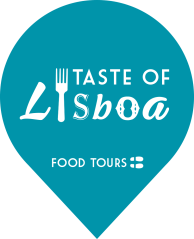How to detox eating Portuguese food
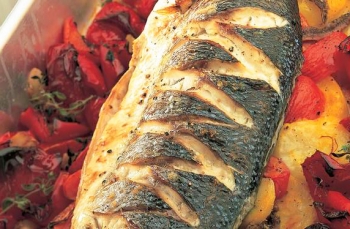
Starting the year, after the excesses of food and drinks that are common during the festivities of Christmas and New Year’s celebrations, many prefer to follow a lighter diet. Whether counting calories is part of your New Year’s resolutions, or you’re simply craving not too rich dishes, we’d love for you to still get to try flavorful local foods.
Here are some light(er) Portuguese foods perfect for a January detox:
Soup / sopa
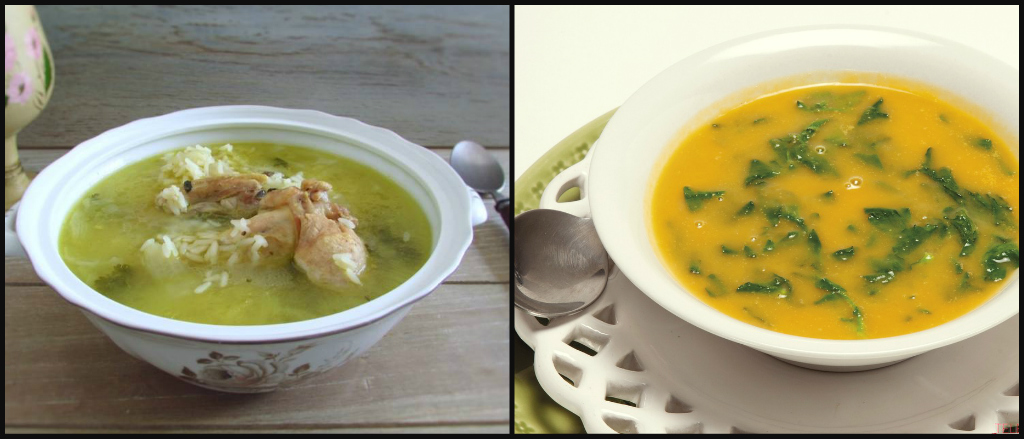
If there is something you can always count on when you travel around Lisbon and all over Portugal, is fresh soup. From simpler establishments such as pastelarias and snackbars, where the masses go to eat, to fancy restaurants, you will always get to sample at least one soup of the day. Most Portuguese typical soups in this context are vegetarian or even vegan! We’re talking about Sopa de Legumes (mixed vegetables soup), Caldo Verde (collard greens soup), Sopa de Feijão Verde (a base of pureed potato, carrots and onions with chunks of green beans) or Sopa de Grão com Espinafres (chickpeas purée with spinach leaves). If you prefer richer options featuring animal protein look for Sopa de Tomate (tomato soup, often served with a poached egg), Sopa de Peixe (fish broth with fish pieces and herbs) or Canja de Galinha (chicken stock).
Açorda Alentejana
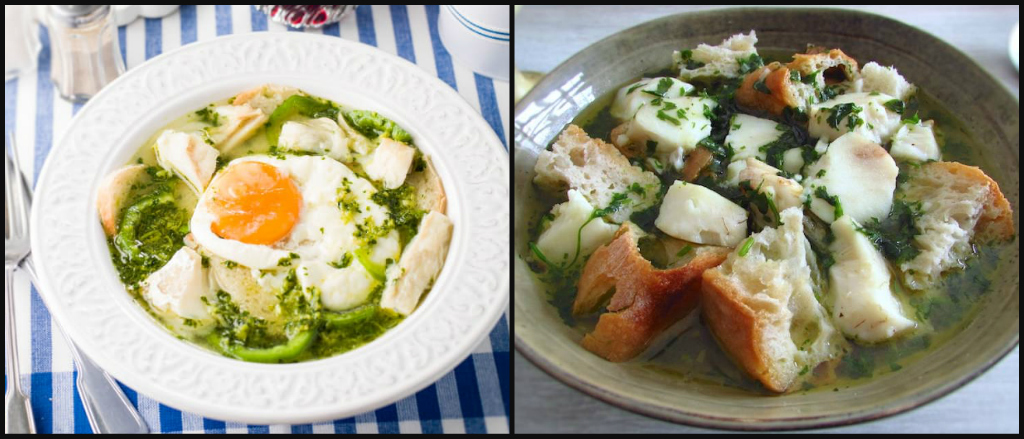
If you’d like to enjoy a soup but turn it into a full meal, Açorda Alentejana is a very good option. This warming dish originated in the Alentejo region, where dishes often focus on making the most of leftover bread. Açorda Alentejana consists of a simple broth infused with heaps of garlic, fresh coriander and a drizzle of olive oil. This broth is thickened with thin slices of rustic bread and made richer with protein such as poached egg and fish. Simplicity at its best!
Cod / Bacalhau

The most beloved food ingredient in Portugal can still be enjoyed if you’re detoxing. It’s just a matter of choosing the right cod dish! Bacalhau com Todos features a boiled fillet of flaky cod, served alongside boiled vegetables such as potatoes, carrots and cabbage. Serving the dish with boiled egg or steamed chickpeas is not uncommon either. This provides extra protein and a feeling of satisfaction for longer, helping you avoid that Pastel de Nata craving a few hours after your meal. Bacalhau com Todos, that is, codfish with “everything”, referring to all the side dishes the fish is served with, is normally drizzled with olive oil to taste. Don’t over-do this step and you’re perfectly good to go! This is Portuguese cuisine as local as it gets. So eat, enjoy, and do so with the full feeling that you are indeed tasting Portugal with this dish.
Grilled fish / Peixe Grelhado
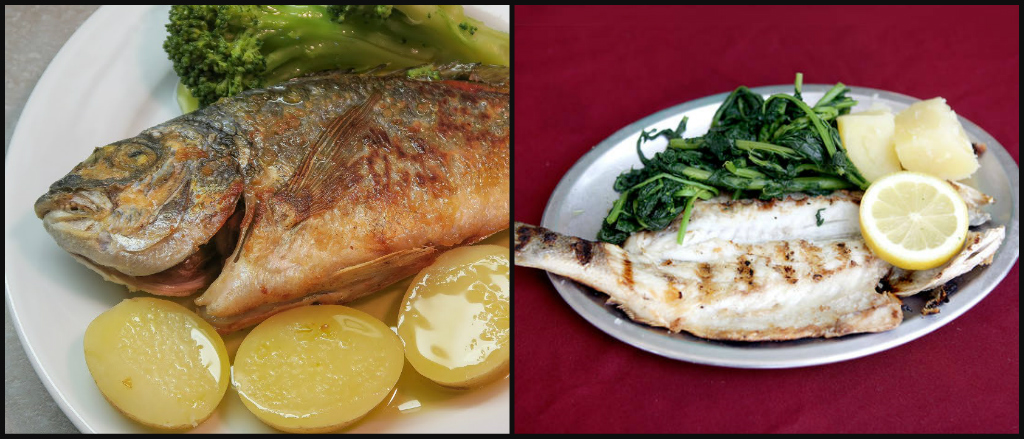
When you take a good piece of fish and prepare it simply grilling it over charcoal, you can enjoy a light yet delectable meal. And it just so happens that Portugal is a meca for fresh fish! All around Lisbon, we’re lucky enough to enjoy a bounty of fresh catch, from sea bass to sea bream, sardines, mackerel and much more. All year long, ask for “peixe grelhado” in any Portuguese restaurant, and you’ll get the catch of the day grilled and most commonly served with boiled potatoes and veggies. If you’re still detoxing when summertime comes around, do as the locals do, and embrace the sardine lifestyle! Ask for “sardinhas assadas” with “salada de pimentos”, charcoal grilled sardines with a cold salad of roasted bell peppers and onions.
Seafood skewers / Espetadas
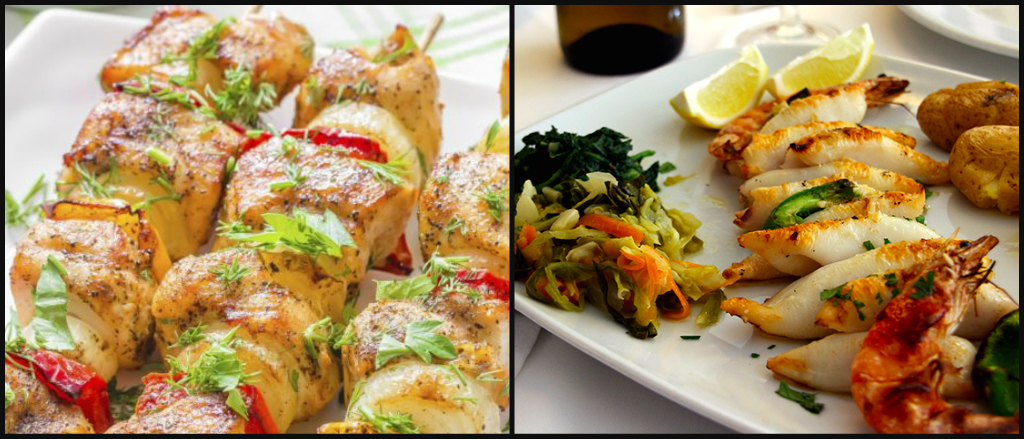
Who doesn’t like grills? In Portugal, we certainly do! Traditionally, we often grill our meats in the shape of espetadas, that is, in skewers. But the world of espetadas is certainly not limited to meat! Portuguese cooks often do a sort of surf and turf on skewers, mixing ingredients such as chicken and prawns, Espetada de Frango com Gambas. Other common meat espetadas are Espetada de Peru (turkey skewers), with chunks of meat layered with onions and bell peppers. If you prefer fish dishes, ask for Espetada de Peixe, fish skewer, or Espetada de Lulas com Gambas, that is, squid skewers with prawns. Skip the french fries as a side dish, focus on steamed vegetables and bom apetite.
Cheese / Queijo
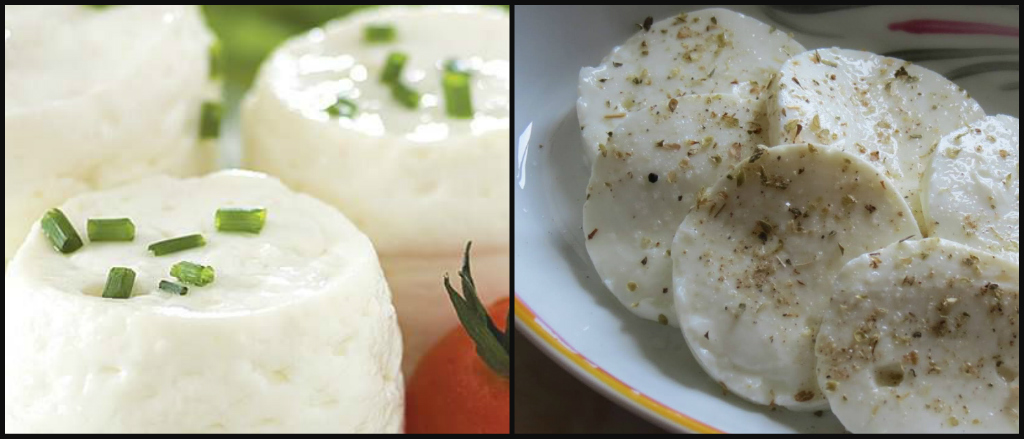
Queijo is the Portuguese word for cheese. “Cheese?” on a light foods list, you say? YES! Cheese is one of the essential foods of Portuguese gastronomy and no trip to Portugal would be complete without sampling some of our specialities. But this doesn’t mean that you have to choose particularly buttery or rich cheeses. If you’re eating light, ask for Queijo Fresco. In fact, even if you don’t ask for it, chances are it’ll end up being placed on top of your table, as restaurants often serve things such as this type of cheese, olives, and bread as default appetizers. This non cured extremely young cheese is normally enjoyed sliced on the spot, sprinkled with salt and pepper to taste. It also tastes great in sandwiches, tucked in a bread roll with lettuce and tomato slices.
Roasted Chestnuts / Castanhas Assadas

Roasted chestnuts are a winter staple all over Lisbon. While nuts may not be low calorie per se, we’re talking about healthy calories. If you’re skipping pastries and cakes, they make for a beautiful mid afternoon snack. A dozen of roasted chestnuts may have around 300 calories, but they will keep you belly full and happy for several hours. Bonus: carrying a paper cone of fresh out of the oven Castanhas Assadas in your hands is one of the most romantic ways to keep warm as you explore downtown Lisbon.
Fresh Fruit / Fruta da Época
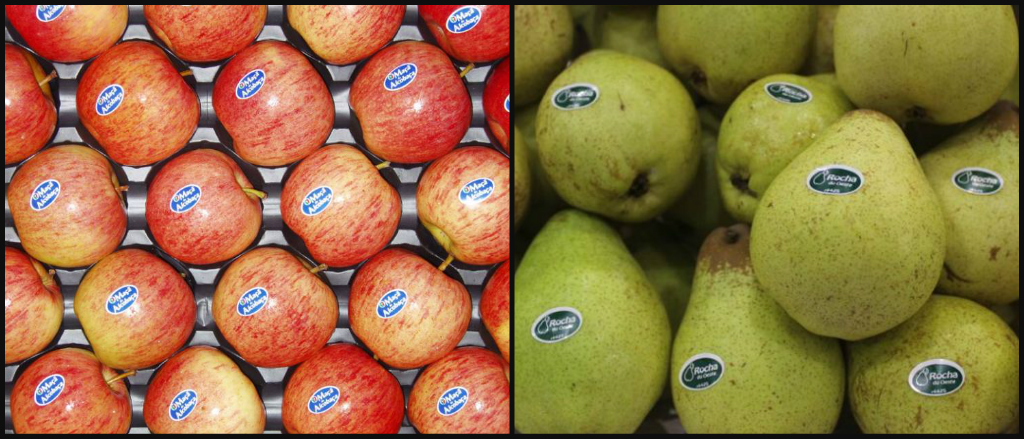
When you’re eating light, fruits come to mind as an easy option no matter where in the world you are. Here in Portugal, take the opportunity to try local fruits in season during the winter months. We’re talking about juicy pears (Pera Rocha), oranges (try the much beloved ones from Algarve) or apples (such as the Maça de Alcobaça, with Protected Designation of Origin).
Fruit Desserts: Maçã Assada or Pera Bêbeda

OK, let’s get real: it’s very hard to come by a light dessert. At least here in Portugal! BUT if simply eating raw fruit won’t satiate your cravings, you can always opt for light(er) sweet dish option such as Maçã Assada or Pera Bêbeda. Maçã Assada consists in roasted apples with a little sugar, butter, cinnamon and sweet wine. Commonly, one serving consists of one apple, served with a cinnamon stick crossing the heart of the fruit in order to infuse flavor during the baking process. Pera Bêbeda is a saucier option of dessert. Pears poached in wine are served with syrupy wine which may make them a not-as-light option, but you’d be trying a dessert with Port wine, so it’s a cultural experience, and we believe that when you are opening yourself to a foreign way of life, calories shouldn’t count as much.
No matter your mood or what time of year you travel to Lisbon, there will always be plenty of delightful dishes for you to sample. Join one of our food & cultural walks, and let us take you where the locals go to eat, drink and have fun!
Real people, real food. Come with us to where the locals go.
Signup for our natively curated food & cultural experiences.
Follow us for more at Instagram, Twitter e Youtube
